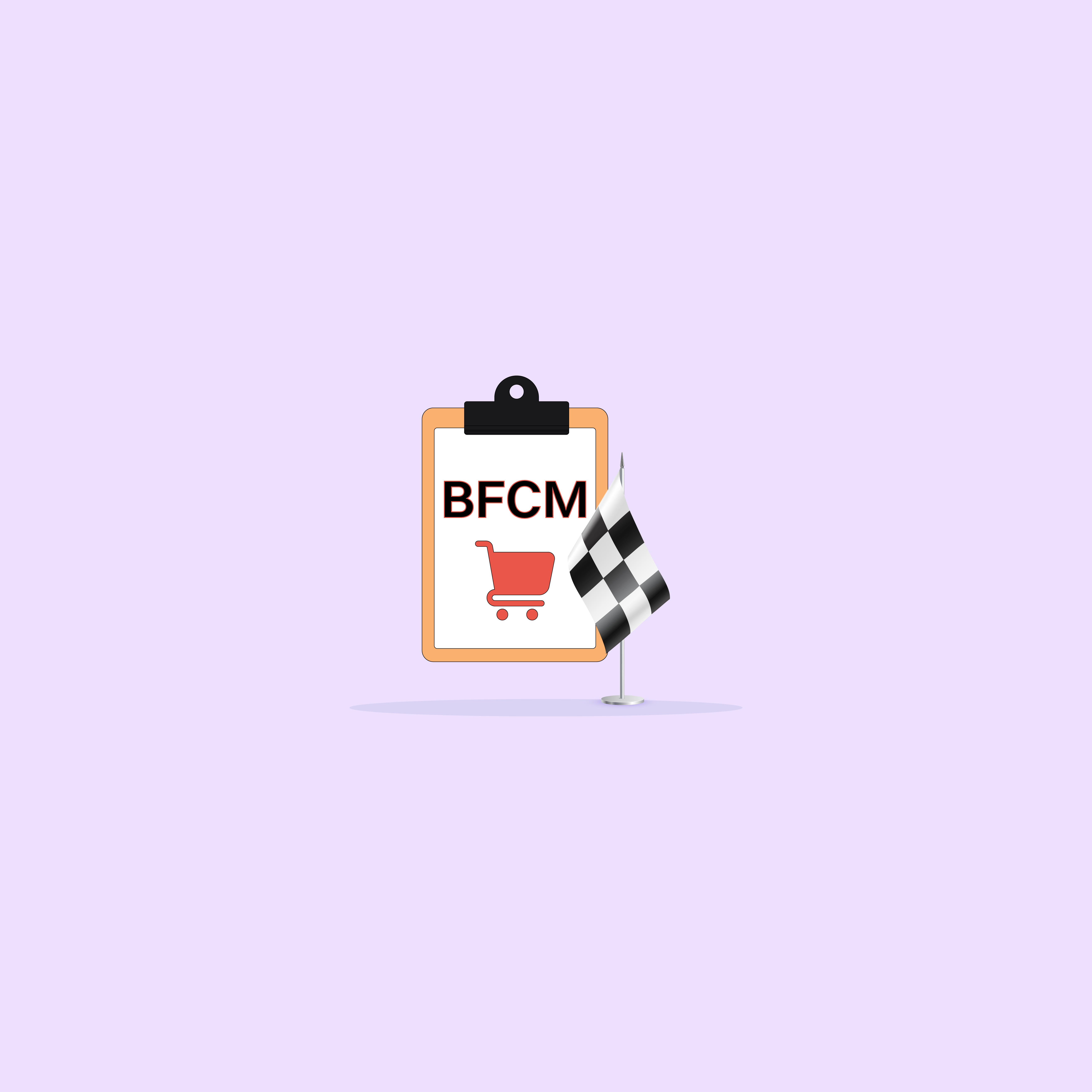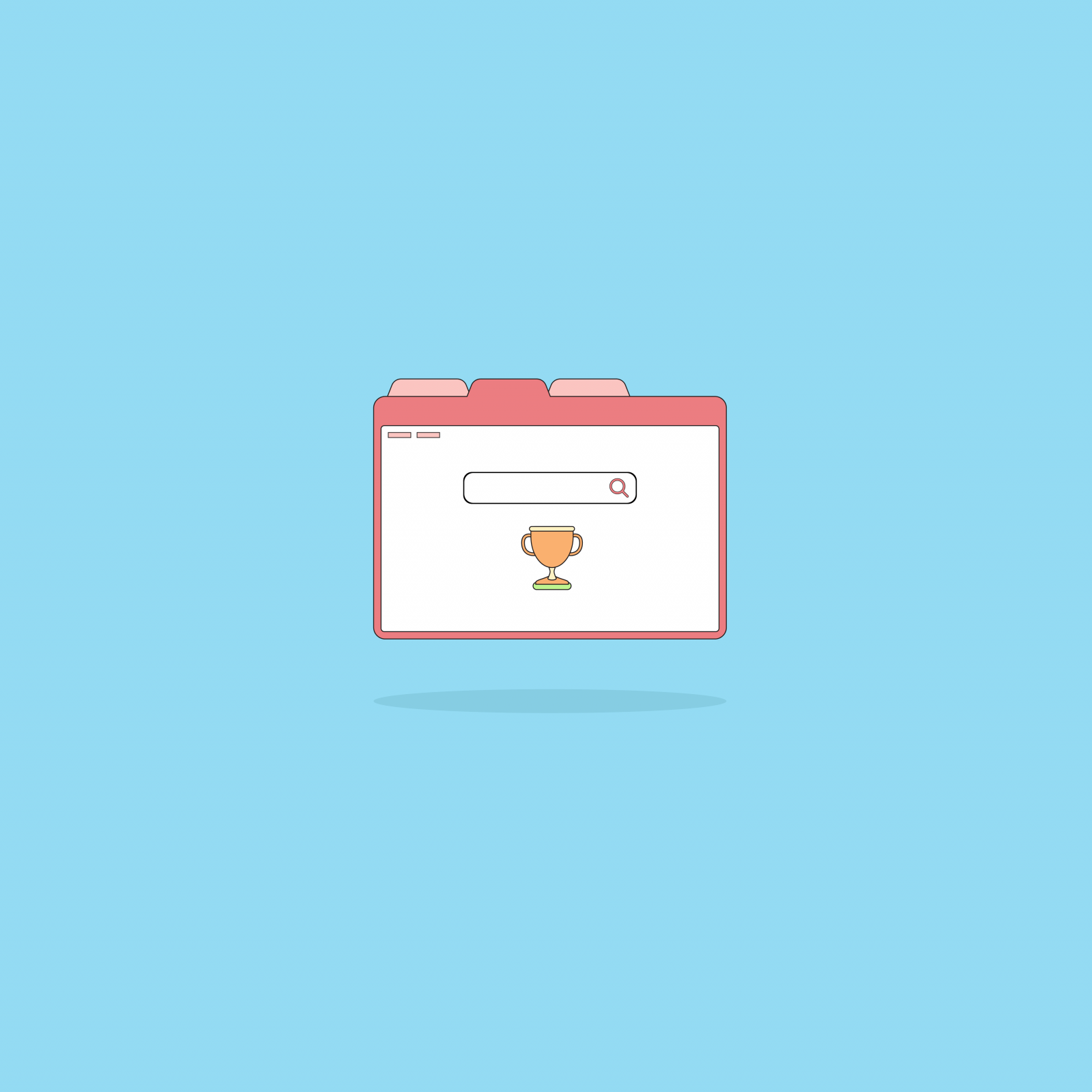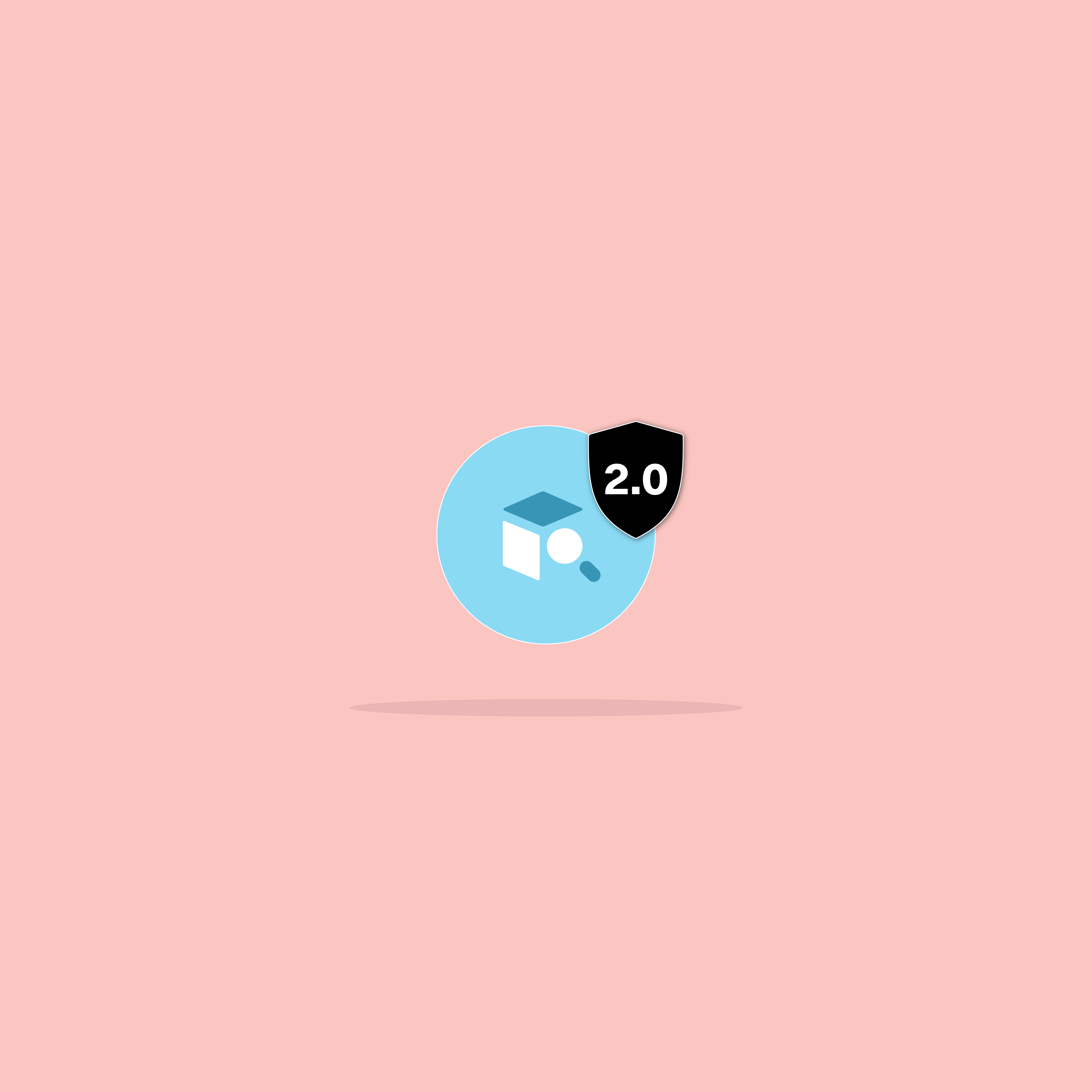Our websites use cookies. By continuing, we assume your permission to deploy cookies as detailed in our Privacy Policy.
Should You Personalize Your Pricing Page Just Yet?
What if one change to the way your company priced its products or services was guaranteed to increase profits? You’d probably begin implementing it right away, correct?
Well, although that’s the kind of results personalized pricing offers, it might not necessarily make sense for your business.
What is Personalized Pricing?
Put simply, personalized pricing is the practice of charging two different customers two different prices for the same product or service. Some have even taken to calling it “price discrimination” for this reason.
However, it’s based on the very established economic phenomenon of downward sloping demand: for the vast majority of products, some consumers are willing to spend more than others.
Most companies have to settle for picking a price that will create the greatest revenues, even if it means charging less than some of those consumers would have paid. They also miss out on people who would spend slightly less for the product but refuse to add a penny more to that limit. With personalized pricing, business owners are essentially trying to earn as much money from as many customers as possible.
Personalized Pricing vs. Dynamic Pricing
Personalized pricing shouldn’t be confused with dynamic pricing, though. The two are similar but not the same. With dynamic pricing, the amount a product cost depends on metrics that are not based on the behavior of individual customers.
For example, a coffee shop may charge more for its drinks in the morning, when customers flood in before work, than it does at night when most people are trying to wind down after a long day. Grocery stores charge more for produce when it is in short supply or out of season than it does when there is plenty of it.
Competitors’ prices often affect the amount a company will charge for the same product or service, too.
A good example of this is Amazon’s Black Friday battle with Walmart. Amazon didn’t just slash their prices at the beginning of the day. The global online retailer changed how much they charged for their most competitive items throughout the entire day. It seems that many of these changes were based on what Walmart and other retailers had their prices at.
Is Personalized Pricing Winning Out?
Another big difference between personalized pricing and dynamic pricing is that the latter appears to be losing popularity with retailers. According to a report by RSR, 28% of companies they surveyed in 2016 said that they saw dynamic pricing as an opportunity. The following year, that number fell to 22%. During that same time period, interest in personalized pricing grew from 31% to 33%. It’s not hard to see why.
As we discussed at the beginning, personalized pricing ensures the most customers and the most each of those customers will pay. If you think about that coffee shop we mentioned earlier, there are still some customers who don’t buy a cup in the morning because, despite dynamic pricing’s best efforts, it’s still too expensive for their liking.
Leveraging the personalized approach would mean enticing a large percentage of those customers who are holding out.
The Pros and Cons of Personalized Pricing Pages
By this time, personalize pricing may seem like the obvious path to greater profits for your company.
Before you go implement ecommerce personalization on your sales page, though, be sure to consider both the pros and the cons.
The Advantages of Personalized Pricing
The main benefit is probably a pretty obvious one: this pricing model has the potential to give you greater profits than ever before. It also means serving more customers than ever before, which further increases your potential for greater profits in the future. That’s because you can use methods like loyalty programs to keep them coming back.
Also, any form of ecommerce personalization is going to increase profits. 75% of consumers report that they are more likely to give their business to companies that utilize personalization. You could also argue that you’ll never know the exact price the majority of your consumers are willing to spend until you use ecommerce personalization to carry out a massive A/B test among your market.
The Disadvantages of Personalized Pricing
Likewise, the major drawback of this pricing strategy should be incredibly obvious, too. Customers feel like suckers when they find out that this ecommerce personalization strategy got them to pay more for something that cost someone out less.
Sure, consumers enjoy personalization, but a caveat for that aforementioned statistic is that the approach needs to help the customer, not get them to pay more. When that happens, expect an unhappy market.
For example, Orbitz faced considerable backlash when it was caught doing this all the way back in 2012. This approach was still very new back then, yet people still realized that if they used a Mac to visit the Orbitz site, they were steered to more expensive hotels. That’s because Macs generally cost more than PCs, so Orbitz was presuming those users would be willing to pay more, too. The company may still be doing this by changing the price based on whether you access their site through a computer or smartphone.
Another company that found itself in hot water with the public was Staples after the Wall Street Journal revealed that the company’s prices were different depending on how close the user lived to one of their competitors’ stores.
The Final Verdict on Personalized Pricing Pages
Of course, to be fair, the long list of companies that have used personalized pricing include huge household names like Walmart and Home Deport and they’re clearly still in business. So even though customers may not love knowing they may get charged more than others, it doesn’t appear as though it’s forcing companies out of business. That said, if your business doesn’t have the same grip on a market as those two companies, maybe they’re not great models.
Furthermore, the technology still has a long way to go and most companies haven’t even begun making the most of basic forms of ecommerce personalization. Start with introducing the simpler elements of personalization and, if you find your profits finally plateau someday, think about personalizing your pricing, too.








